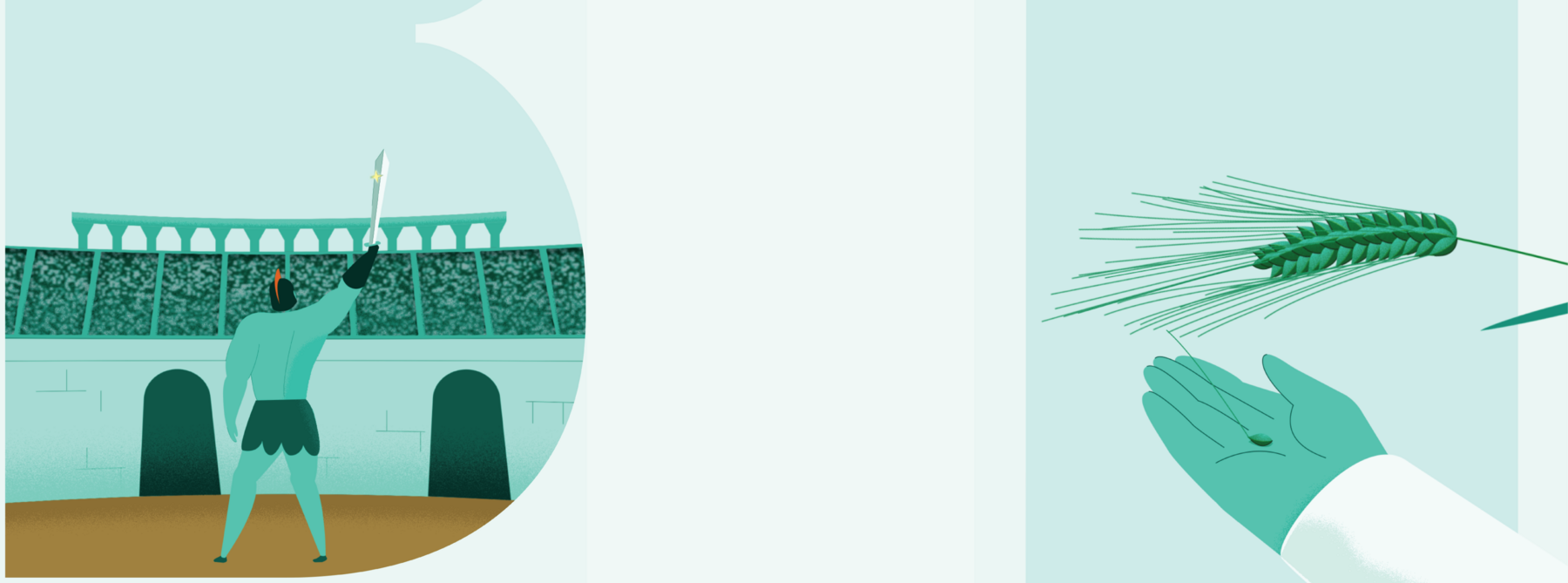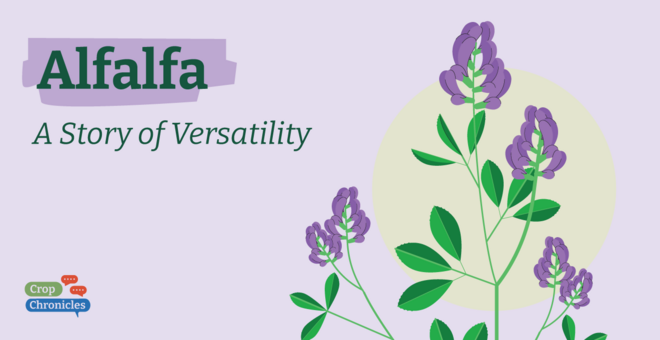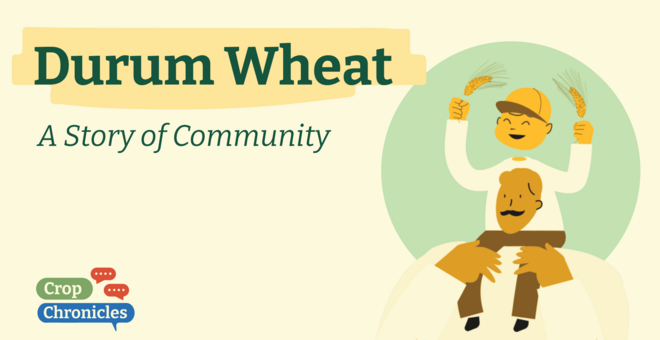CROP CHRONICLES: 26 Sept 2024
Right at the start of settled agriculture and even before that, 12,000 years ago when hunting and gathering was the norm, people ate far more of me than wheat. Those days are long gone. Nowadays, I’m number four among global cereals. People eat less than one percent of what I produce, averaged around the world, although there are happy exceptions. I grow better in places that are too cold or too dry or too salty for wheat. People in Morocco, Ethiopia and India are still quite likely to make a meal of me. Elsewhere, more than two-thirds of my harvest is fed to livestock. There is an upside, though, if you’re into that sort of thing. The other third goes into beer and strong liquor.
In case you hadn’t guessed, I am barley. My scientific name is Hordeum vulgare, and no, that doesn’t mean I’m vulgar. Vulgare means common, as in “found everywhere”. Hordeum is from the Greek for “bristly”, and refers to the long, prickly awns or bristles that stick out from each of my ears. Hordearii was what people called the gladiators of ancient Rome, because they relied on me to give them the energy to fight.
I’m immensely proud of the fact that I am the subject of the oldest known piece of agricultural advice. A clay tablet from about 3,700 years ago, found at the archaeological site of Nippur about 100 km south of Baghdad, tells farmers how often to water their crop and warns of the danger of rusts, the fungal diseases that plague so many cereals.
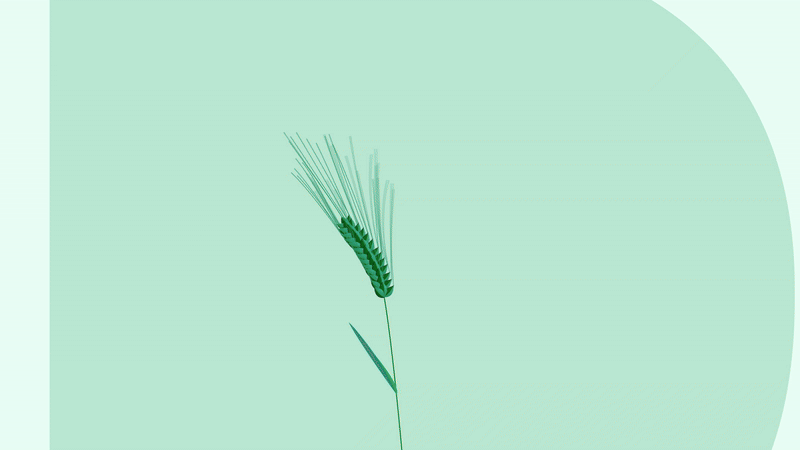
Like wheat and many other cereals, when people domesticated me they narrowed down the amount of my genetic diversity. This reduced my ability to respond to new and challenging conditions. And so, as with wheat, researchers have gone back to my wild relatives in search of useful characteristics.
That effort has seen some outstanding successes, including new varieties that have saved the crop in Morocco, where a brutal drought has laid crops low. These new varieties make me more resistant to common diseases and more able to withstand great heat and drought. As a result, harvests in Morocco were 10–15% higher than the best commercial varieties currently in use.
This raises one question: are those really wild relatives? It can take a great deal of technically complicated interventions to persuade modern varieties and their wild relatives to produce fertile seeds. Those efforts are known as pre-breeding, and they create different families of plants that breeders can then use as parents to cross much more easily with existing varieties. Pre-breeding is a vital step in almost all efforts to use the diversity of wild relatives to improve cultivated crops.
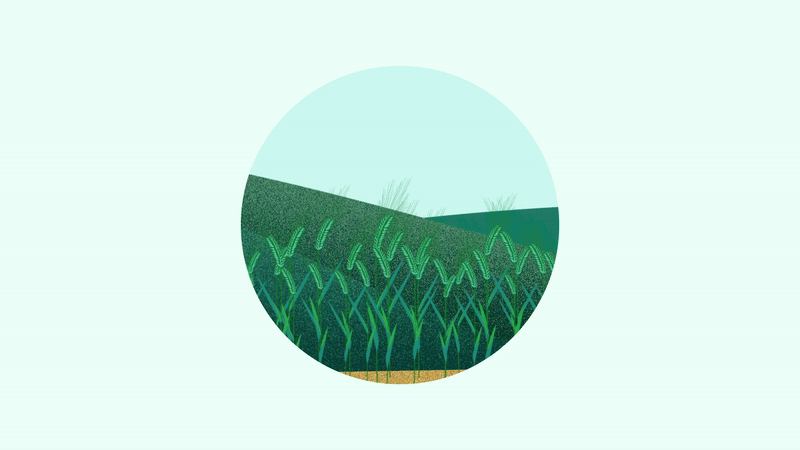
In the barley family, there are only two species of wild relatives that I can cross with in pre-breeding. I only have two sets of chromosomes, just like my wild relative called Hordeum spontaneum. I can easily cross with Hordeum spontaneum because it is my direct ancestor. Some biologists even consider us the same species!
Despite being able to interbreed freely, there are still important differences between the cultivated and the wild versions of me. The most important is how tightly the seeds are attached to the ear. Seeds of Hordeum spontaneum detach easily. A single mutation in the crop, however, makes the attachment much stronger, so seeds with that mutation are more likely to be carried home as part of a harvesting effort.
That is one crucial difference, along with larger seeds, broader leaves and shorter stems, which together typify cultivated barley. Because just a single mutation is responsible for strong seed attachment, it quite often changes back. So cultivated barley can give rise to modern, weedy forms that are essentially spontaneum, just as in the ancient past wild forms of barley gave rise to cultivated forms. It’s a back and forth process that probably goes on all over the world.
The other wild relative, Hordeum bulbosum, is too distant for me to cross with that easily. Pre-breeders are working on this challenge to unlock more diversity and improve barley crops even further.
I mentioned the ancient Sumerian tablet telling farmers how to grow barley. There is an even more famous tablet from around the same time, known as the Hymn to Ninkasi. She is the goddess of brewing, and the tablet contains the world’s first known written recipe – for a beer made from barley – although brewing had probably been going on for centuries before the recipe was finally written down. The link with beer continues to this day, with many varieties tailored to produce seeds best suited to malting. That is the process of allowing the seeds to germinate, during which they convert starches to sugars, which yeasts then convert into alcohol.

Brewing helped to bring a little-known barley back from the brink of extinction. Confusingly, it is called bere barley, but while bere and barley share the same root meaning, beer comes from the Latin word bibere, to drink. Bere barley is a special form that was restricted to the islands of Orkney and Shetland, north of Scotland, and some of the Western Isles. Summer days there are long, but the growing season is short, and barley is the only cereal that will grow under those conditions. Genetically, bere is quite distinct from other British barleys and is more similar to Scandinavian varieties. Although some people think it arrived with Viking raiders in the 8th century, it is quite likely that bere has been growing there continuously for more than 3,000 years, since Neolithic farmers first brought barley to the British Isles.
Always on the lookout for something new, brewers and distillers recently rediscovered bere, which is finding its way into beers and whiskies. Drinkers seem to like them, saying that bere barley gives a much fuller taste to the drinks. That demand has prompted farmers outside these remote areas to grow bere instead of more common barleys.
What underpins all barley growing, of course, is the value it brings to the grower. That can be the demand for ancient bere barley or the greater yield of new varieties enhanced by contributions from wild relatives that enable them to withstand heat and drought, pests and diseases. The world as a whole may prefer to eat wheat, but for specific needs and specific places, I am a valuable addition to farmers’ fields.
Did You Know?
- Scientific names: Hordeum vulgare
- Origin: Near East ~11,000 years BP, with secondary centres of diversity in Tibet and Ethiopia
- Global production: According to FAOSTAT, in 2021, 145,623,914 tonnes of barley were produced on 48,941,020 ha. In 2020, malted barley was used to produce 174,857,881 tonnes of beer.
- Fun fact: In medieval England, barley grains were an important measurement. Three barleycorns, end to end, were an inch (2.5cm). The measurement survives in English shoe sizes.
- Conservation of barley diversity: Over 260,000 accessions are listed in Genesys: 38,600 in the Australian Grains Genebank, 36,245 in the USDA National Small Grains Germplasm Research Facility in Idaho, United States, and 31,904 in the ICARDA genebank. About 58,260 accessions are safety duplicated in the Global Svalbard Seed Vault and 41,975 in the USDA National Seed Storage Laboratory in Colorado USA.
This story is part of Crop Chronicles, a multimedia campaign that uncovers the stories of the crops that feed the world, the people who grow them and the race to adapt them to a changing climate.

